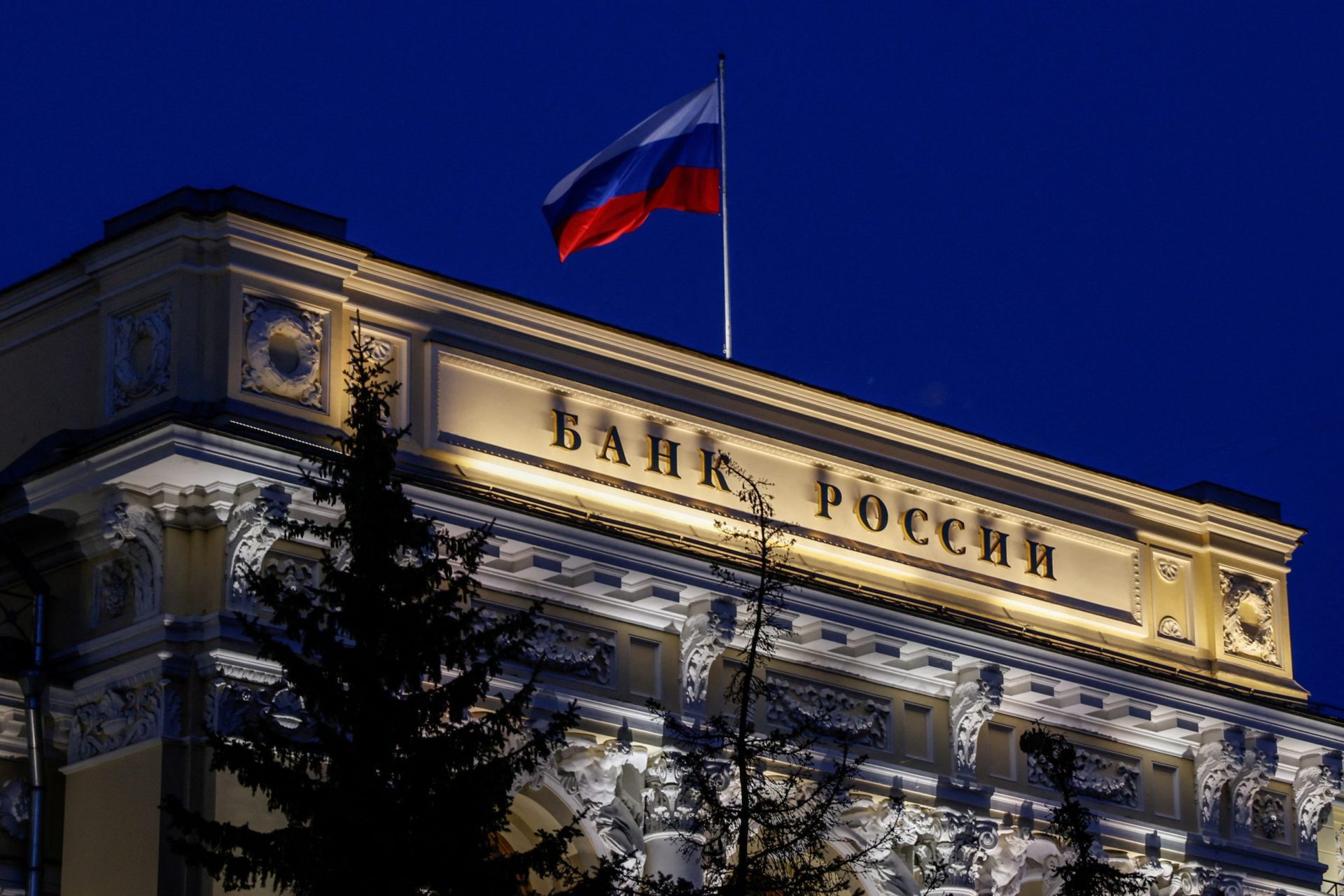Russia has been exploring the use of stablecoins amidst its role in the BRICS group. The BRICS nations have discussed creating a digital currency payment system, the BRICS Bridge, to reduce reliance on the US dollar-dominated global financial system.
Sanctions imposed on Russia have complicated these plans, with a Russian central bank official expressing challenges in collaborating on the BRICS Bridge due to the current geopolitical climate.

Russia’s Interest in Stablecoins Amidst Currency Volatility
Traditionally cautious towards cryptocurrencies, Russia is reconsidering its stance due to the SWIFT ban and subsequent financial isolation. This shift has pushed stablecoins to the forefront of Russian financial policy.
The exclusion of certain Russian banks from the SWIFT system has severely limited Russia’s international business capabilities, affecting sectors like oil and gas exports and essential imports.
As a response, Russian authorities are looking into legalizing stablecoins, pegged to stable assets like the US dollar or gold, for cross-border payments.
Stablecoins provide an opportunity to bypass conventional financial channels restricted by sanctions, as stated by Alexey Guznov, Deputy Chairman of the Central Bank of Russia.
The aim is to establish a system that enables the acquisition, storage, and use of stablecoins for international trade, building resilience into the Russian financial system in the long term.
Obstacles and Doubts Surrounding Crypto Solutions
Despite the advantages of adopting stablecoins, there are challenges to overcome. Establishing regulatory frameworks is crucial to govern stablecoin usage.
Concerns arise over unregulated transactions leading to money laundering and sanction evasion, with worries about tracking illicit activities due to the anonymity of some crypto transactions.
Issues also persist regarding the widespread acceptance of stablecoins, with concerns about the stability of the stablecoin infrastructure and its value fluctuations compared to traditional currencies.
Elvira Nabiullina, Governor of the Central Bank of Russia, has acknowledged these concerns, emphasizing the importance of adhering to regulatory standards to maintain financial stability while exploring new financial technologies.
Russia’s adoption of stablecoins signifies a significant shift in its financial strategy, with the potential to alleviate the impact of sanctions. However, regulatory obstacles and crypto volatility concerns must be addressed.
This initiative will be closely monitored in the economic landscape, shaping the future of the global financial sector.
Featured image from CEPA, chart from TradingView





